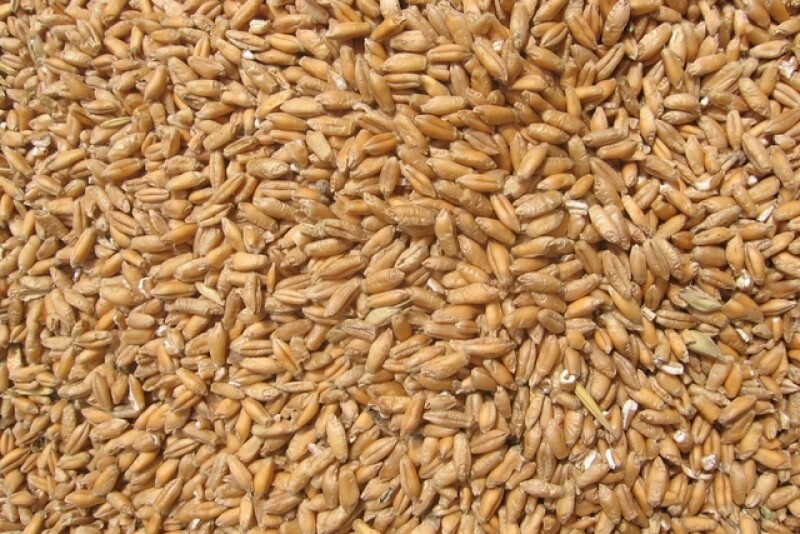Check our advice monitor on ProFarmer.com for updates to our marketing plan.
Winter grain sowing is moving along at a rapid clip in Europe, Reuters reported Friday.
Dry weather in early October allowed widespread drilling ahead of wet conditions expected to begin later this week. The strong start stands in contrast to soggy weather at the beginning of sowing season the past two years, the report said.
As a result, the area with soft wheat, Europe’s main cereal crop, may remain relatively stable, Reuters said, citing Erick Kambayeko, a crop analyst at Expana.
Illinois: Pumpkin powerhouse
With Halloween a week away it’s prime jack-o-lantern carving season. And there’s no better time than autumn for a slice of pumpkin pie. But where do all those pumpkins come from? The American Farm Bureau Federation broke it down in a report this week.
It ends up that Illinois isn’t only a heavyweight producer of corn and soybeans, it leads the nation in pumpkin production, harvesting around 15,400 acres and producing 485 million pounds. That’s more than the other four top states combined, according to AFBF, which noted that Illinois, Indiana, Pennsylvania, California and Michigan together account for around two-thirds of U.S. pumpkin output.
What gives Illinois its edge? The state leads in processing pumpkins, with 90% of the crop going to pie filling and canned products. Canned pumpkin heavyweight Libby’s sources almost all of its pumpkins from the Land of Lincoln, AFBF noted, while elsewhere growers focus on fresh ornamental pumpkins for carving or decoration.
Your weekend read…
What happens when a family’s landlocked agriculture property is deemed a wetland and the feds disregard a historic Supreme Court ruling? U.S. landowners and farmers move two steps forward and three steps back.
Read the entire article by Chris Bennett on AgWeb: Feds Target Family Over Wetlands Regulations, Ignore Supreme Court Ruling?
Notable closes
A report that Mexico’s agriculture minister will meet next week with USDA Secretary Brooke Rollins with the aim of persuading her to reopen the U.S.-Mexico border to feeder cattle imports sparked heavy liquidation across the cattle complex Friday.
December live cattle futures fell the $7.25 daily trading limit to $232.925 and hit a three-week low. For the week, December live cattle futures were down $7.90. January feeder cattle futures closed down the daily limit of $9.25 to $348.175, hit a three-week low and for the week down $21.125. Daily trading limits on cattle futures will be expanded Monday.
See: Fears of Mexico border reopening cap a brutal week for the cattle market

